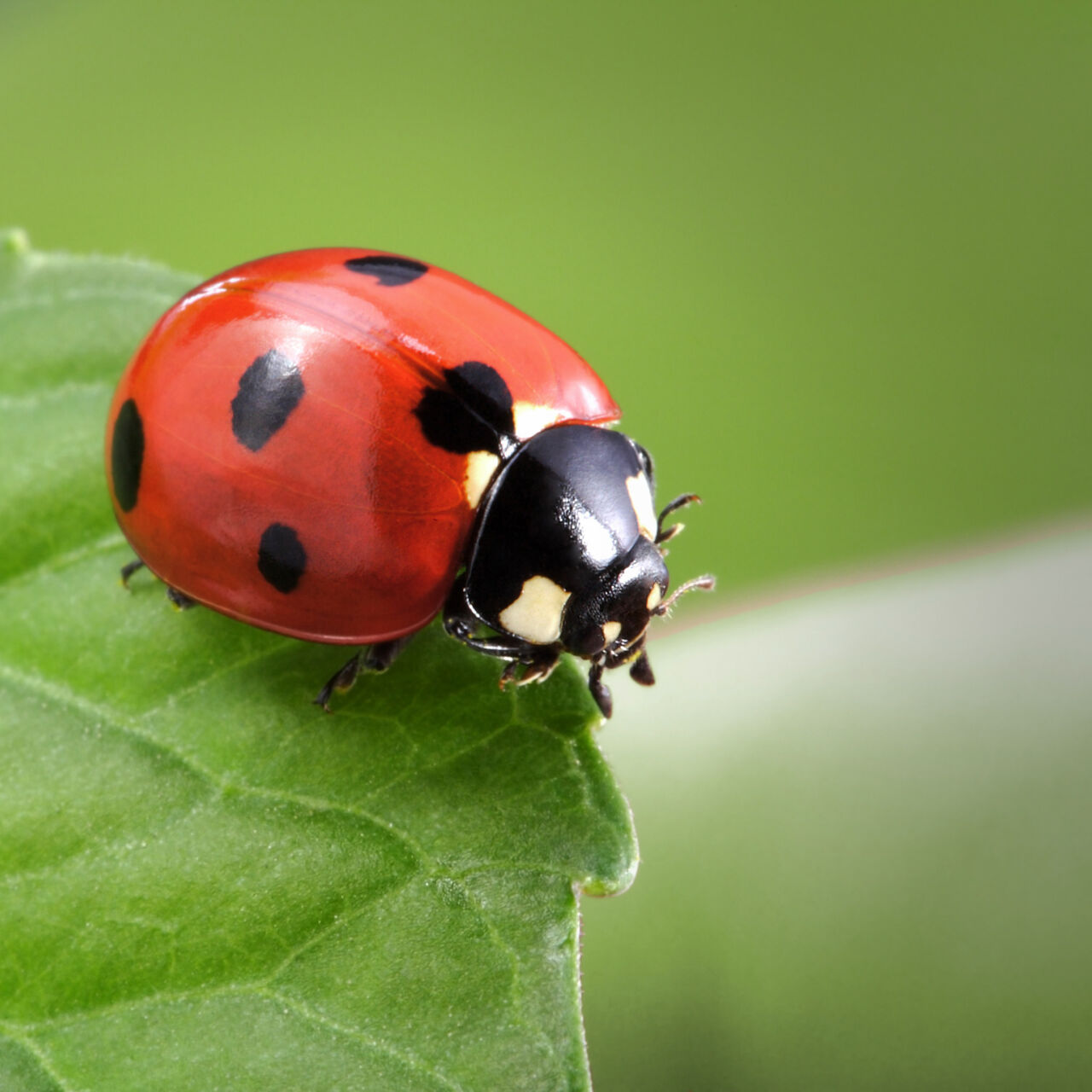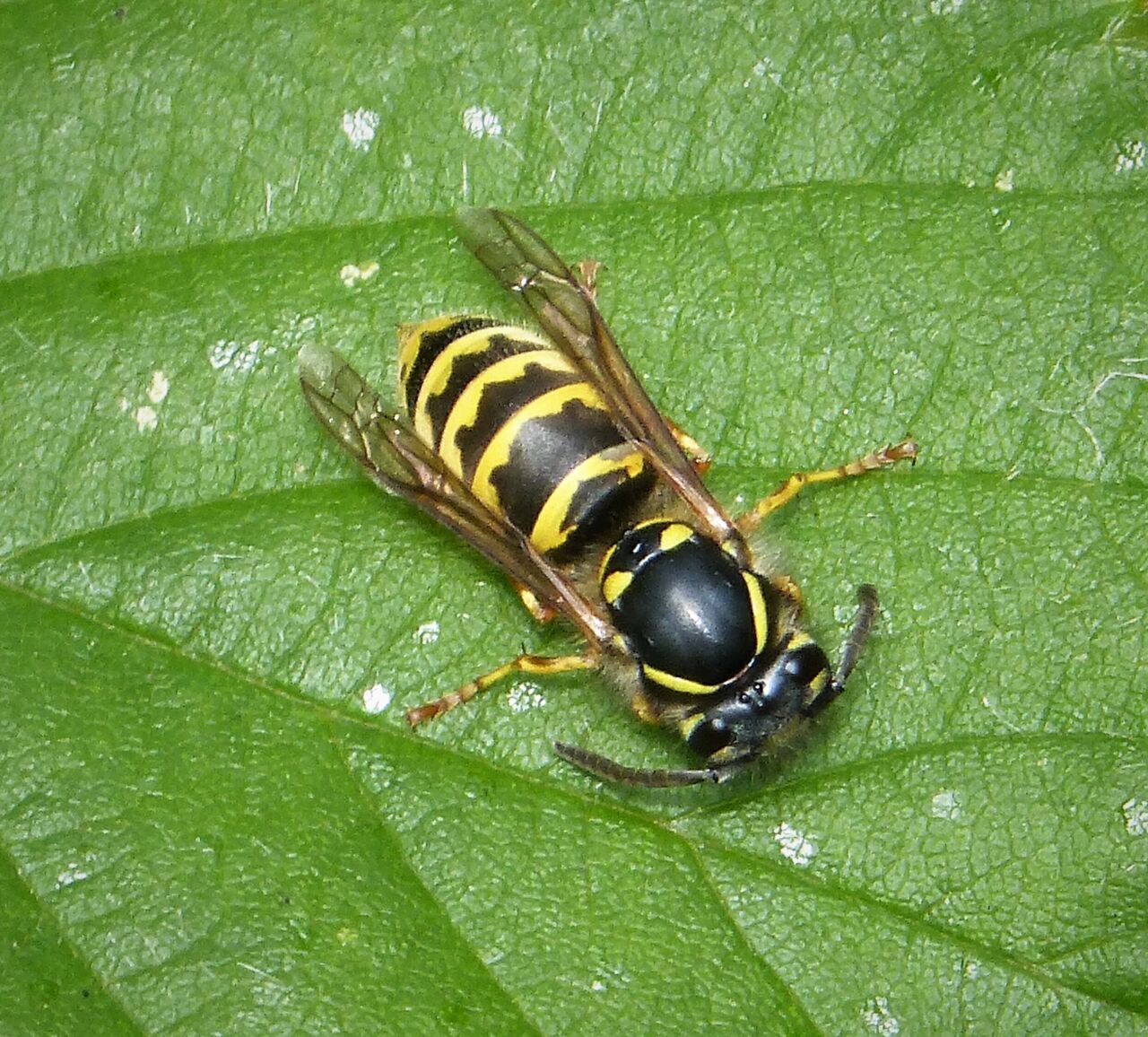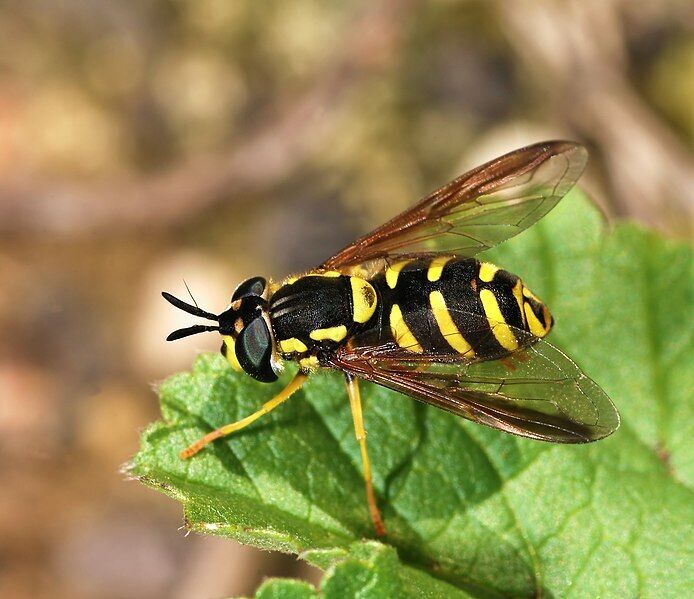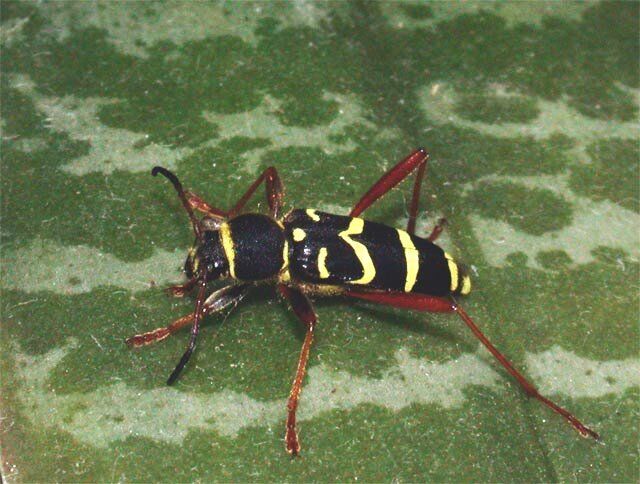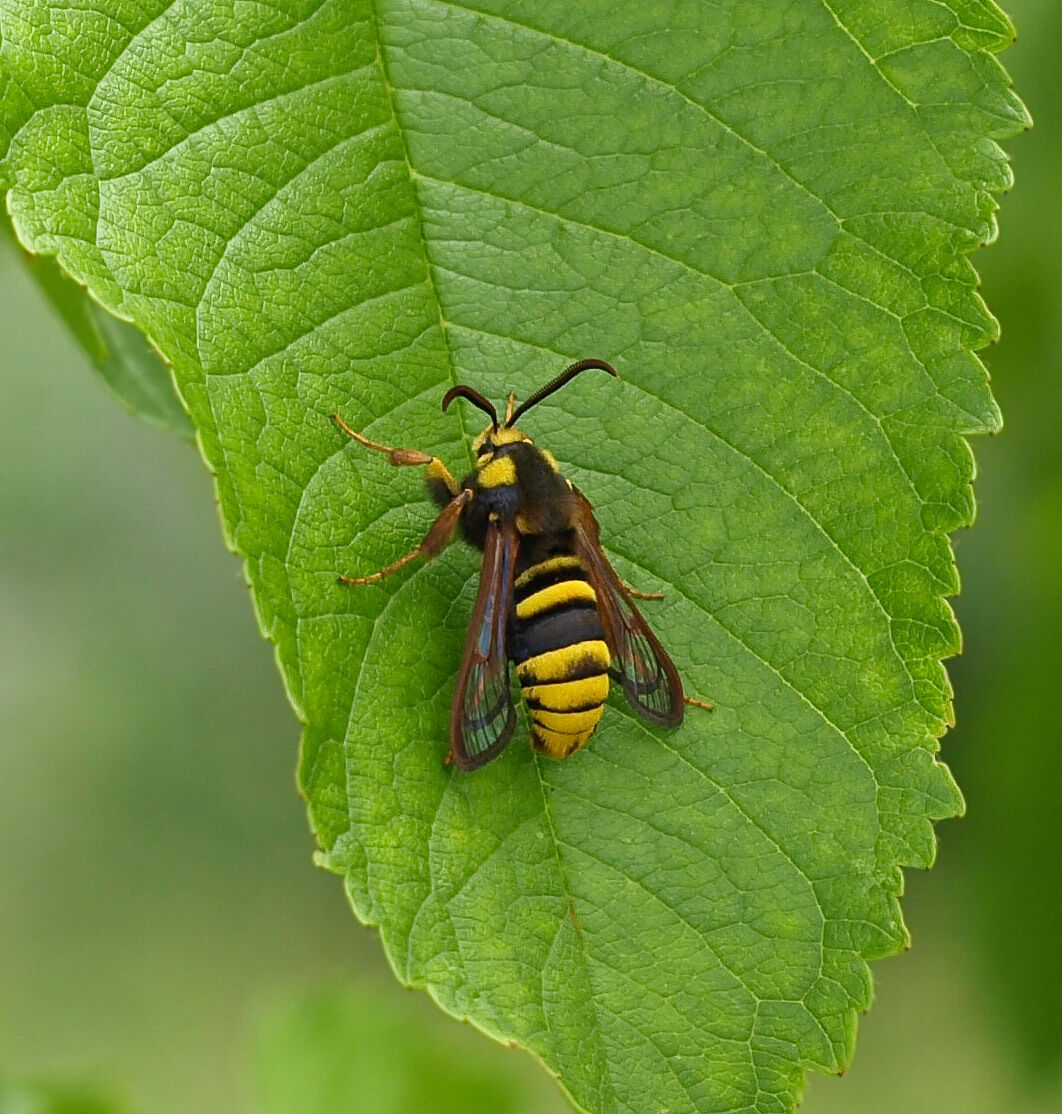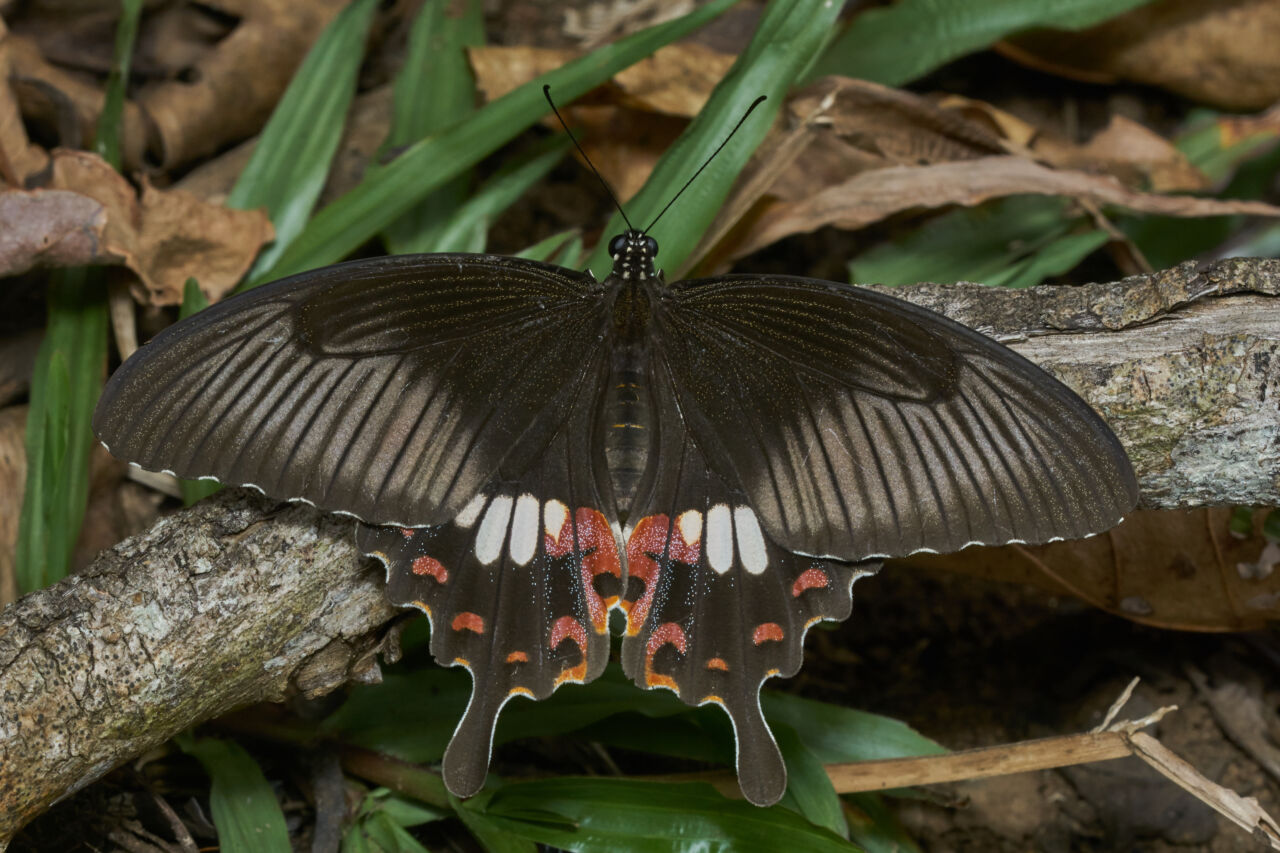Made up to confuse – The Eurasian bee beetle
A beetle is probably not the first insect that comes to mind when you think of pollination. The Eurasian bee beetle, however, is an effective pollinator thanks to the dense hair on its underside.

The Eurasian bee beetle reminds of a bumblebee. Image: Adobe Stock
Profile
- The Eurasian bee beetle (Trichius fasciatus) is a scarab beetle belonging to the Trichiinae family
- It is found in Europe and the Palaearctic region.
- There are only 18 species of Trichius worldwide, and only four of them are found in Europe, including the Eurasian bee beetle.
- In Switzerland, there are three very similar species: Trichius fasciatus is the most common; T. zonatus and T. sexualis are rarer and endangered species.
- In Switzerland, Trichius species are found mostly at forest edges, hedges or sparse forests with deadwood in warm locations – ideally in combination with flower-rich borders and meadows.
Classification
- Kingdom
- Animalia
- Phylum
- Arthropoda
- Class
- Insecta
- Order
- Coleoptera
- Family
- Scarabaeidae
- Genus
- Trichius
- Species
- T. fasciatus
Life cycle
The adult Eurasian bee beetle is about 1 cm big. After mating, the female lays her eggs in small groups within deadwood, often selecting shaded areas. After a few days, the larvae hatch from the eggs and subsequently live in the deadwood and feed on decaying wood. They go through several larval stages during their development, which can last up to two years. The larvae overwinter in deeper, frost-free soil layers by burrowing themselves. In May, the larvae pupate, and after approximately three weeks, the mature beetles emerge, which have a lifespan of about four to eight weeks
Did you know?
One interesting fact about the Eurasian bee beetle is that it exhibits Batesian mimicry. Batesian mimicry occurs when a harmless species evolves to imitate a harmful species by mimicking the warning signals or physical characteristics of the dangerous organism. In the case of the Eurasian bee beetle, it mimics buff-tailed bumblebees which can inject venom into their target with their stinger. So, by mimicking a bumble bee, the Eurasian bee beetle is less likely to be preyed upon by predators.
To view this content, you must accept marketing and third-party cookies.
Elusive pollinator
Like its look-a-like, the buff-tailed bumblebee, the adult Eurasian bee beetle feeds on pollen. Although seeing a single beetle is rare, the photogenic nature of this beetle invites many hobby photographers to take pictures of it. As a result, many pictures of this beetle on flowers can be found on the internet, which helps researchers to identify food sources of the bee beetle. Bee beetles are not specialized feeders but can be found on inflorescences of a variety of flowers such as blackberries and thistles. The dense hair on the underside of the Eurasian bee beetle makes it an effective pollinator. It helps pollen to adhere to the beetle's body and to be transported to other plants.
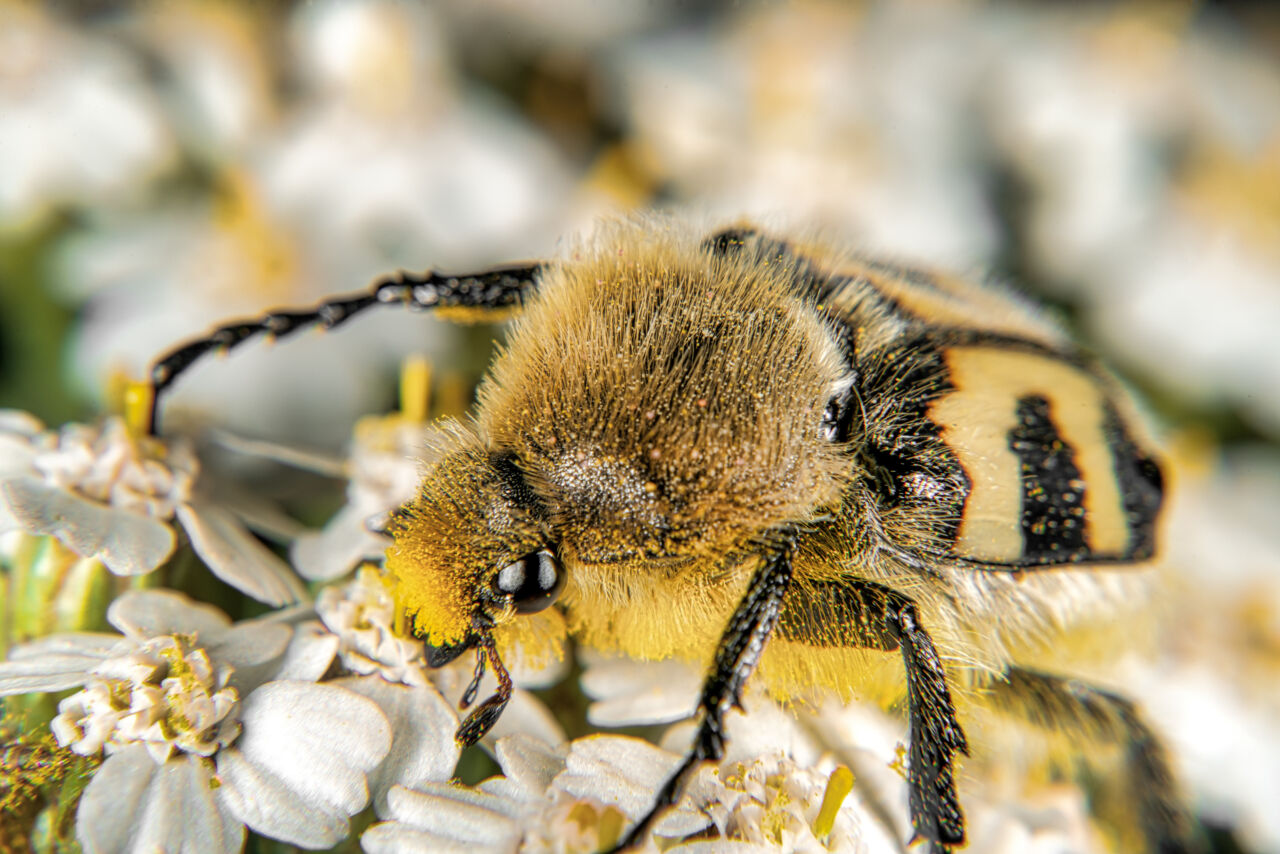
The hairy underside of the beetle is covered with pollen. Image: Adobe Stock
References
Krell F-T. 2012. On nomenclature and synonymy of Trichius rosaceus, T. gallicus, and T. zonatus (Coleoptera: Scarabaeidae: Cetoniinae: Trichiini). Zootaxa, 3278: 61-68.
Flügel H-J. 2017. Blütenbesuche von Pinselkäfern (Trichius-Arten, Coleoptera: Scarabidae) und ihre Verbreitung in Hessen. Philippia. 17(2): 143-166.
Schweizerische Vogelwarte Sempach https://www.google.com/url?sa=t&rct=j&q=&esrc=s&source=web&cd=&ved=2ahUKEwjjmueP5JL_AhWi8bsIHRbQAvgQFnoECAsQAQ&url=https%3A%2F%2Fwww.vogelwarte.ch%2Fassets%2Ffiles%2Fprojekte%2Flebensraeume%2Fleitarten%2Fpdf%2FPinselkaefer-Arten.pdf&usg=AOvVaw3obZWdQH_eeanHYtQHpX3G Accessed 26 May 2023
